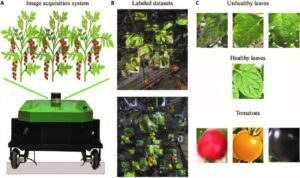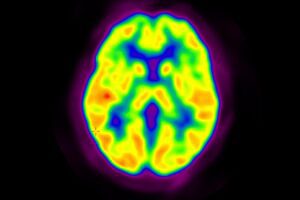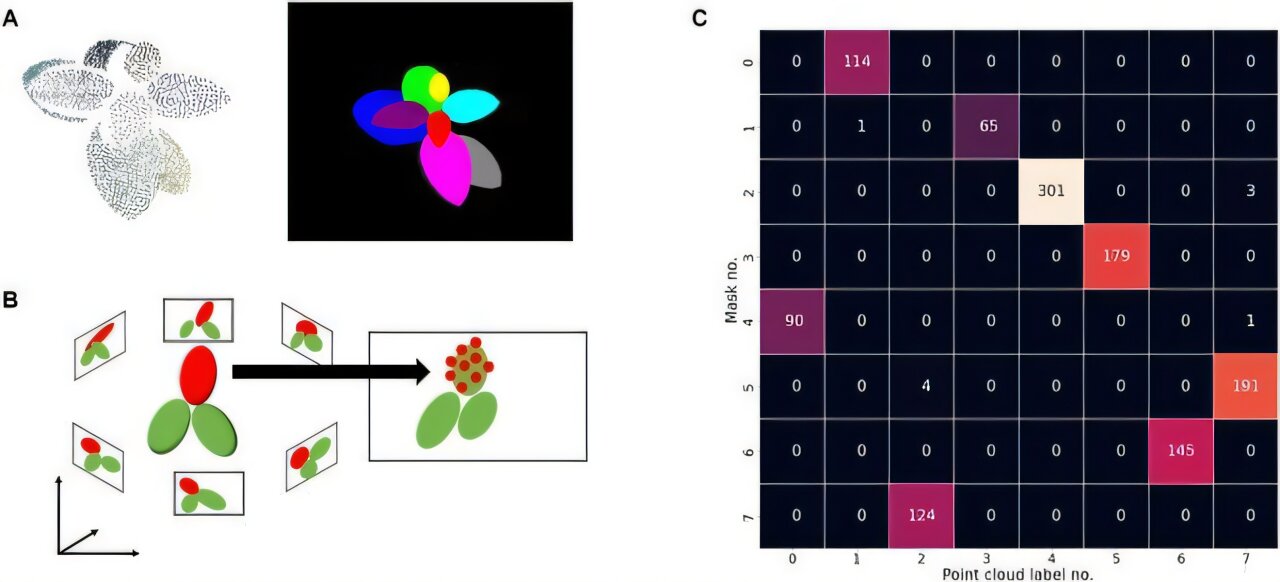
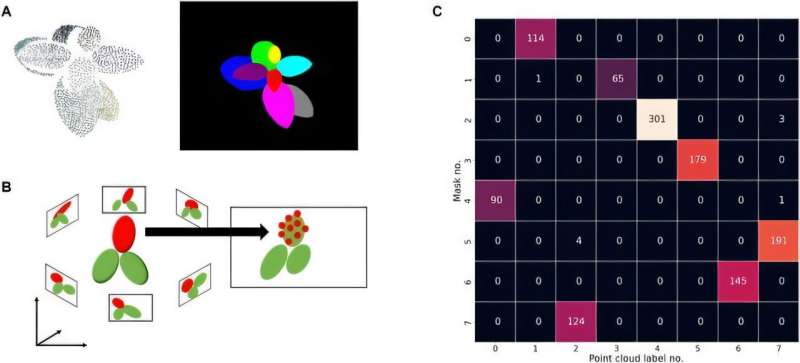
Leaves, essential for photosynthesis and other physiological functions, exhibit diverse shapes that help plants adapt to their environments. Traditional methods for measuring leaf morphology have relied heavily on 2D imaging, which fails to capture the complex 3D structures crucial for understanding leaf functionality.
These limitations have driven the development of more sophisticated 3D imaging techniques, yet challenges persist in accurately mapping leaf edges, particularly in highly detailed structures.
A study published in Plant Phenomics provides a new way to analyze leaf morphology nondestructively, enabling precise mapping of plant structures in 3D.
The research utilized a novel method for 3D leaf edge reconstruction, combining deep-learning-based 2D instance segmentation with curve-based 3D reconstruction techniques.
The approach was first tested on virtual leaf models under ideal conditions, reconstructing 3D leaf edges by extracting 2D edges from true mask images. Performance was influenced by the support threshold (τt), where low values led to inaccuracies and high values caused incomplete coverage.
For scenes with multiple leaves, leaf correspondence identification was critical to ensure accurate reconstructions despite occlusions. Accuracy assessments showed that larger leaves were easier to reconstruct, while small leaves with greater curvature posed difficulties.
The method was sensitive to camera noise but less so to the number of images or occlusion levels, suggesting that additional images did not necessarily enhance precision.
Using Mask R-CNN for real plant data, individual leaf masks were generated, though smaller leaves presented challenges, reflected by lower average precision (AP) scores.
When applied to actual soybean plants at various growth stages, the method successfully reconstructed most leaves at optimal support thresholds but faced difficulties with highly occluded or small leaves, sometimes resulting in artifacts or shape distortions.
Testing on diverse leaf types revealed that while the method accurately captured lobed edges, serrated and elongated leaves exhibited reduced detail, especially at the apex. Leaves with up to three holes were reconstructed well, but precision declined with more holes.
Overall, the approach effectively captured complex leaf morphologies but required further refinement for intricate or highly occluded structures.
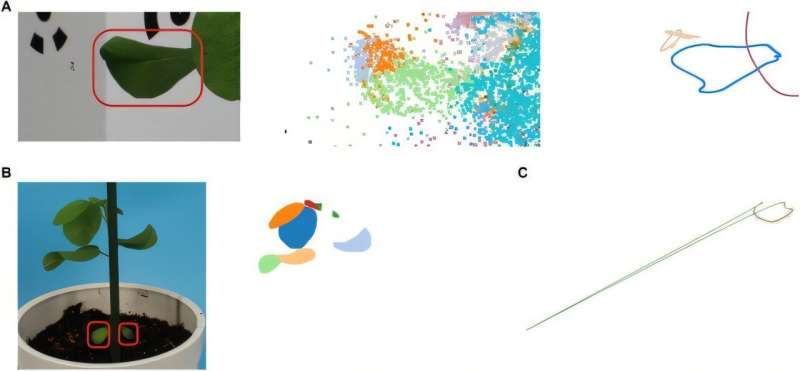
According to one of the study’s researchers, Dr. Koji Noshita, “Our method represents a breakthrough in 3D leaf edge reconstruction. By combining deep learning and curve-based techniques, we can now achieve a much higher level of detail in leaf morphology analysis, which has important implications for agricultural research.”
This 3D leaf edge reconstruction technique marks a significant advancement in plant phenotyping. It opens up new avenues for studying plant morphology in greater detail, with broad applications in agriculture and ecological research.
The researchers believe that continued development of this method will pave the way for more efficient and productive agricultural practices, addressing global food security challenges.
More information:
Hidekazu Murata et al, Three-Dimensional Leaf Edge Reconstruction Combining Two- and Three-Dimensional Approaches, Plant Phenomics (2024). DOI: 10.34133/plantphenomics.0181
Provided by
Chinese Academy of Sciences
Citation:
3D leaf edge reconstruction method enhances plant morphology analysis (2024, November 11)
retrieved 11 November 2024
from https://phys.org/news/2024-11-3d-leaf-edge-reconstruction-method.html
This document is subject to copyright. Apart from any fair dealing for the purpose of private study or research, no
part may be reproduced without the written permission. The content is provided for information purposes only.
